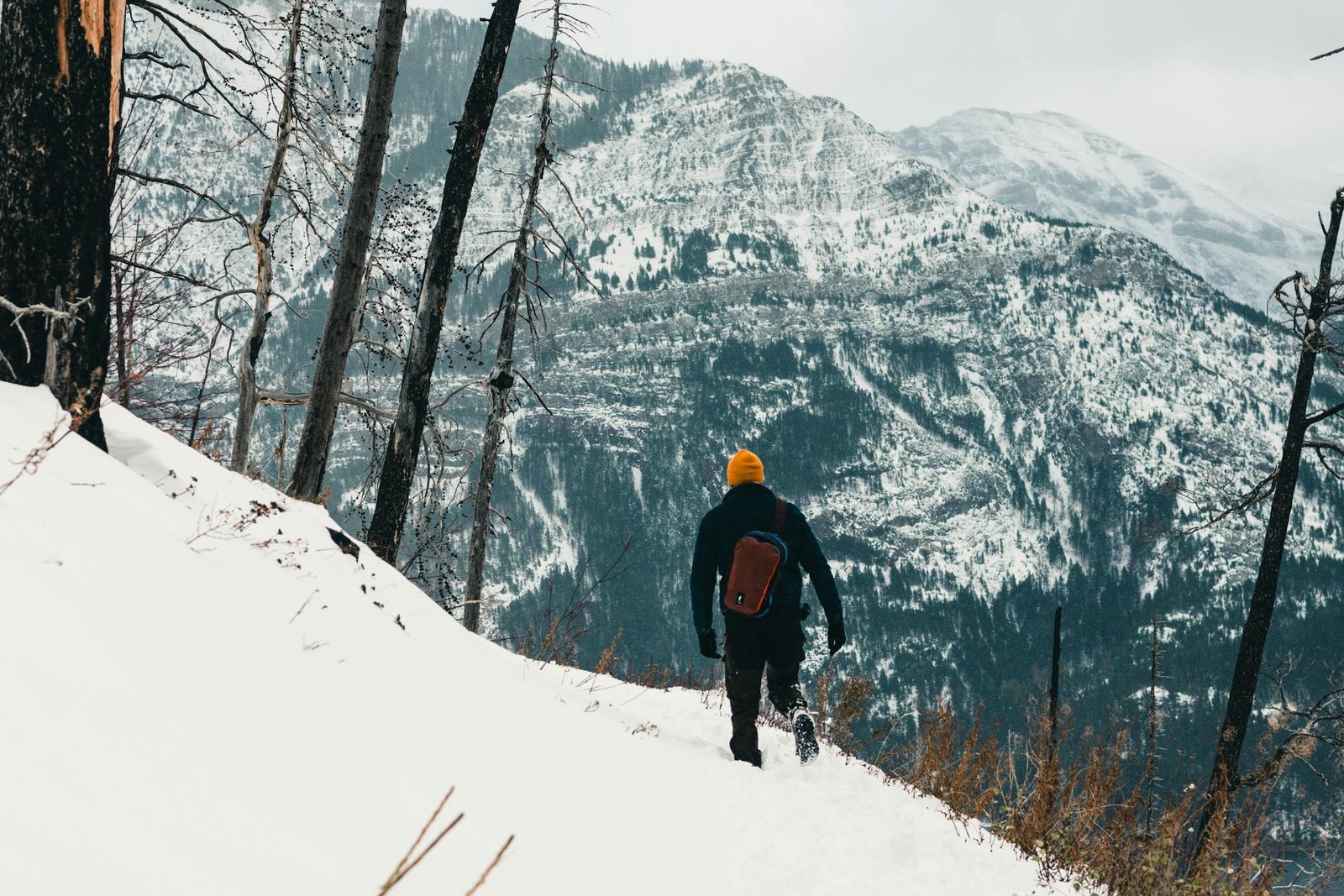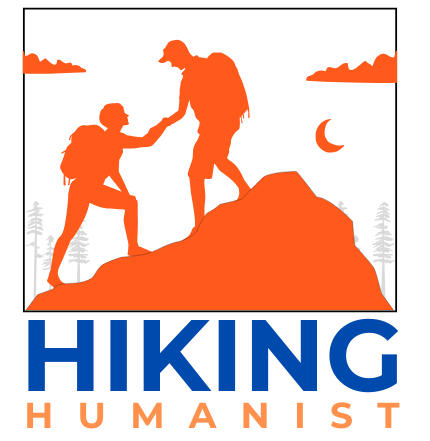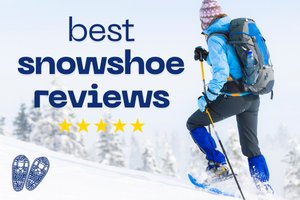15 Best Snowshoeing Trails in Colorado, Utah, Nevada, Arizona, California, and Canada

Going on a snowshoeing adventure is thrilling. It lets you see the beauty of winter. Snowshoeing is fun for everyone, from beginners to experts. You can find trails in many places, like Nevada, Utah, Colorado, and more.
Colorado is famous for its Rocky Mountains. It has many trails, like Dream Lake and Maroon Bells. These places are great for walks or hikes. Colorado’s trails are easy to follow, making it perfect for snowshoeing.
Utah and Nevada also have great trails. Utah’s Little Cottonwood Canyon and Nevada’s Spring Mountains offer amazing views. Arizona has trails in the Coconino National Forest, with pine forests and beautiful views.
California and the Pacific Northwest have stunning trails too. Yosemite and Lake Tahoe in California, and Mount Rainier and Olympic National Parks in the Pacific Northwest, are must-sees. Western Canada, like Banff and Jasper National Parks, offers breathtaking views and frozen lakes.
We’ve picked the 15 Best Snowshoeing Trails for you. Each trail is chosen for its beauty, challenge, and fun. Get ready to explore the winter beauty of North America.
Best Snowshoeing Trails
I apologize for any inconvenience caused by the non-functional links in the previous table. Below is an updated version of the 15 Best Snowshoeing Trails across Nevada, Utah, Colorado, Arizona, California, the Pacific Northwest, and Western Canada with revised outbound links to authoritative resources. These links should direct you to official park or organization websites where you can find more detailed and up-to-date information about each trail.
| Location | Trail Name | Skill Level | Description | Terrain | Link |
|---|---|---|---|---|---|
| Colorado | Rocky Mountain National Park – Dream Lake | Easy to Moderate | Scenic snowshoe trail leading to Dream Lake with stunning mountain views. | Forested, alpine | Learn More |
| Utah | Little Cottonwood Canyon – Aspen Grove | Moderate | Beautiful grove of aspen trees offering serene snow-covered landscapes. | Forested, gently rolling | Learn More |
| Western Canada | Banff National Park – Lake Louise | Easy to Moderate | Iconic lake surrounded by snowy peaks, perfect for leisurely snowshoeing. | Lakeside, forested | Learn More |
| California | Yosemite National Park – Badger Pass | Easy to Moderate | Historic snowshoeing area with groomed trails and stunning views of Yosemite. | Forested, open meadows | Learn More |
| Pacific Northwest | Mount Rainier National Park – Skyline Trail | Moderate to Difficult | Offers panoramic views of Mount Rainier and surrounding glaciers. | Alpine, rugged | Learn More |
| Nevada | Spring Mountains – Mount Charleston | Moderate | High elevation trails with breathtaking vistas and abundant snowfall. | Alpine, forested | Learn More |
| Arizona | Coconino National Forest – Flagstaff Snowshoe Trails | Easy to Moderate | Network of trails through pine forests and scenic vistas around Flagstaff. | Forested, varied | Learn More |
| Colorado | Eldora Mountain – Maroon Bells | Moderate | Stunning views of the Maroon Bells with well-marked snowshoe trails. | Rocky, alpine meadows | Learn More |
| Western Canada | Whistler – Lost Lake | Easy | Flat, scenic trails around Lost Lake, suitable for all skill levels. | Lakeside, forested | Learn More |
| Utah | Big Cottonwood Canyon – Albion Basin | Moderate to Difficult | Expansive basin with breathtaking views and diverse terrain. | Alpine, rocky | Learn More |
| California | Lake Tahoe – Tahoe Donner | Easy to Moderate | Extensive network of snowshoe trails with stunning lake and mountain views. | Lakeside, forested | Learn More |
| Pacific Northwest | Olympic National Park – Hurricane Ridge | Moderate | Panoramic mountain views with accessible snowshoe trails. | Alpine, open meadows | Learn More |
| Colorado | Aspen Highlands – Maroon Bells | Moderate | Iconic snowshoeing destination with picturesque views and well-maintained trails. | Rocky, alpine | High-elevation trails with breathtaking vistas and abundant snowfall. |
| Nevada | Great Basin National Park – Wheeler Peak | Difficult | Challenging trails with high elevation and stunning alpine scenery. | Rugged, high-altitude | Learn More |
| Western Canada | Jasper National Park – Maligne Canyon | Moderate | Beautiful snow-covered canyon trails with frozen waterfalls. | Canyon, forested | Learn More |
Additional Information
- Permits and Regulations: Some trails, especially within national and provincial parks, may require permits or have specific regulations. Always check the official park websites for the latest information before planning your trip.
- Best Seasons for Snowshoeing:
- Colorado & Western Canada: Late November to early April.
- Utah & Nevada: December to March, depending on elevation.
- California: December to March in mountainous regions.
- Arizona: December to February, primarily in higher elevations.
- Pacific Northwest: November to March, varying by location and elevation.
- Safety Tips:
- Weather Awareness: Always check the weather forecast and be prepared for sudden changes.
- Proper Gear: Wear appropriate snowshoeing boots, layered clothing, and carry essential gear such as maps, compass, and emergency supplies.
- Trail Conditions: Familiarize yourself with trail conditions and difficulty levels. Some trails may require avalanche safety knowledge.
- Inform Someone: Let someone know your itinerary, especially when venturing into remote areas.
- Hydration and Nutrition: Carry sufficient water and high-energy snacks to keep you fueled throughout your hike.
- Environmental Considerations:
- Leave No Trace: Follow Leave No Trace principles to minimize your impact on the environment.
- Wildlife Respect: Observe wildlife from a distance and avoid disturbing their natural behaviors.
- Trail Maintenance: Stick to designated trails to help preserve the natural habitat and prevent erosion.
Snowshoeing is a fantastic way to explore winter landscapes, offering a peaceful and invigorating experience. Whether you’re a beginner or an experienced snowshoer, these trails provide diverse and stunning environments to enjoy the beauty of winter.
Please Note: While I have provided the most accurate links based on available information, some URLs may have changed since my last update. I recommend visiting the official websites of the respective parks or organizations if you encounter any issues with the provided links.

